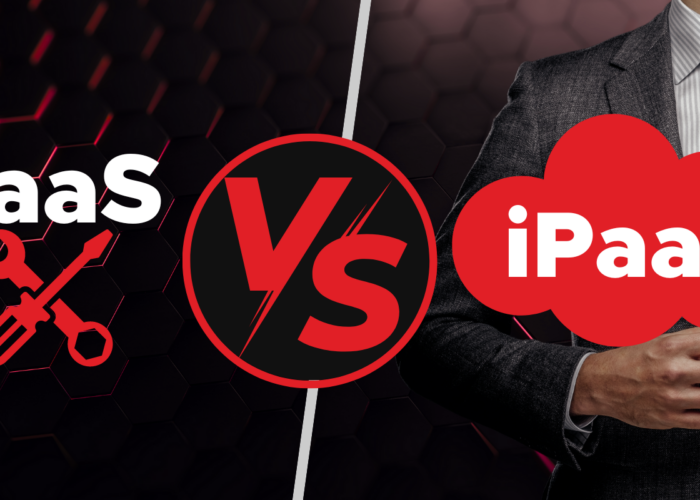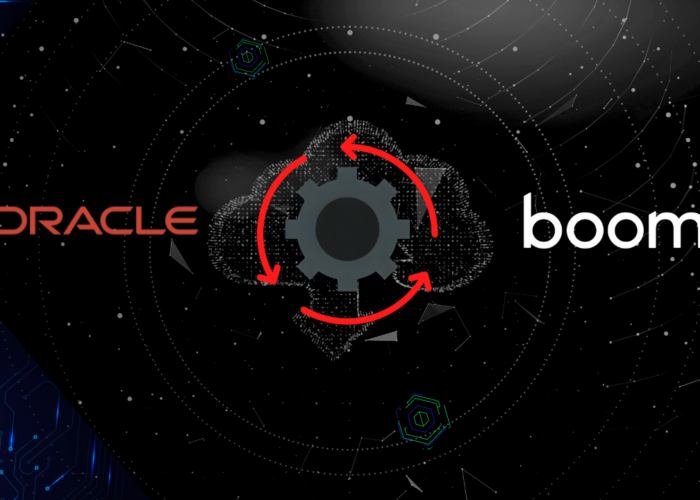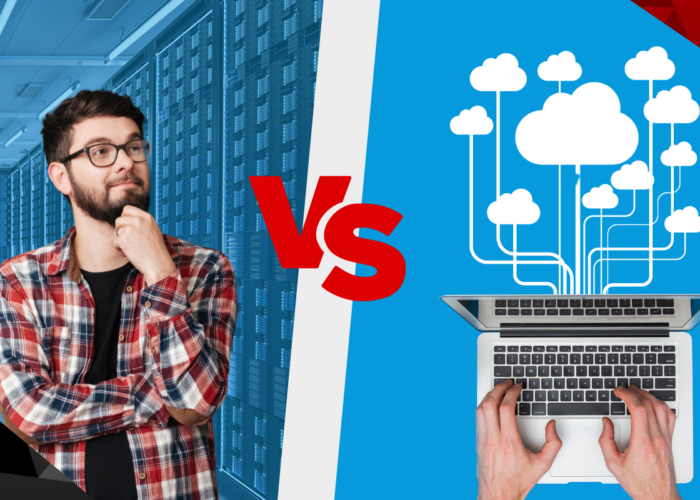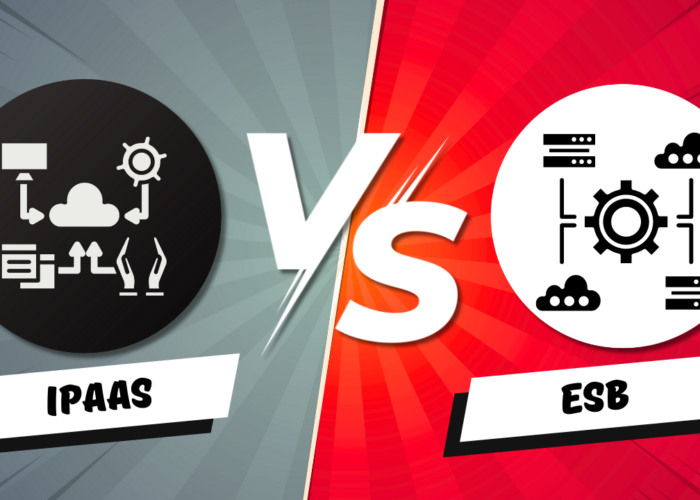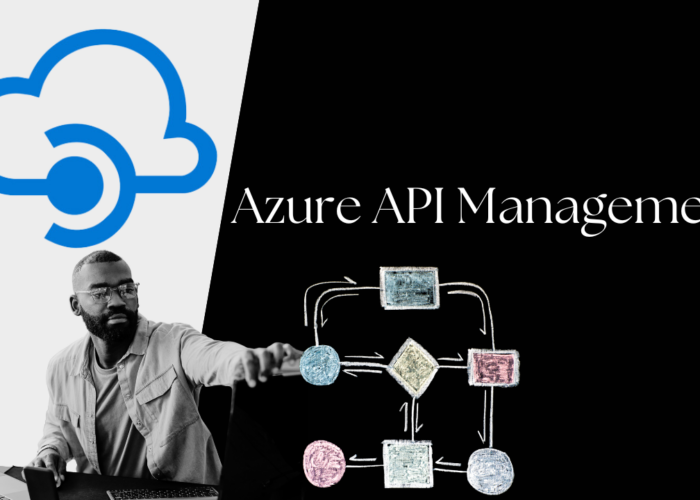SAP
SAP is a global software corporation that develops enterprise software to manage business operations and customer relations. They are best known for their ERP offerings that span multiple product lines SAP BusinessOne, SAP Business ByDesign, SAP S/4HANA, SAP R3 and SAP ECC.
SAP is planning to migrate all its customers to SAP S/4 HANA by 2025.
Notable acquisitions include the BusinessObjects business intelligence stack and Hybris E-Commerce platform. In addition, SAP had an integration technology called Netweaver Process Integration (SAP PI) and this has transitioned into an Enterprise IPaaS offering.
ERP and E-Commerce products both have associated integration challenges. The difference in challenge is that normally it isn’t the ERP that generates the challenge. As a system of record the investment cycle is generally longer and it is the implementation of something else with a shorter investment cycle that generates the need. A Hybris implementation like a CRM implementation is a good example of something else being implemented that generates the integration challenge.
Integrating SAP
It’s an important distinction in terms of laying the right foundations for success in implementation projects that will involve integration with finance systems:
- Ensuring we have the right stakeholder engagement within and beyond our CRM or E-Commerce implementation with the Finance team and SMEs is crucial
- Assessing the scope, value and boundaries of the integration work
- Identifying the benefit of the integration for the Finance team and that the impact of change doesn’t impose burdens that aren’t alleviated elsewhere through automation
- Categorising the integration needs into one of the three common types of integration pattern
- Data consistency – e.g. ensuring customer data in 3 different systems is the same
- Multistep process – e.g. implementing a business process like Quote-to-Cash across systems
- Composite services – e.g. a new application or services using data from multiple systems
- Define an architecture and set standards that enable reuse of services with respect to your ERP. One application implementation may generate the need but it is not the only system that may have that need so plan ahead
- Build a solid data model and align data sets between systems where they are shared e.g. account data, product data, price books etc
- Document the approach as standards and plan for complexity as ERP integration in SAP terms can be very complex
Again, make sure SAP subject matter experts are part of, or available to, the integration team. With legacy implementations like SAP R/3 / SAP ECC, knowledge of BAPIs and IDOCS and what they do is crucial to success.
Key Benefits
Some of the key benefits of integrating your SAP ERP implementation with the rest of your application portfolio are:
Streamlining ‘to-Cash’ as ‘to-Pay’ activities in organisations can yield significant cost savings
As can any integrations focussed in manufacturing implementations of SAP. Any efficiencies gained in manufacturing organisations where so much capital is wrapped in plant can be hugely significant
Reduced duplication of data or inaccuracy in data between systems
More accurate data to drive business intelligence and reporting from which more informed business decisions can be made


Common mistakes
The most common mistake organisations make is in falling to engage the right Finance stakeholders early enough. It’s common because the implementation is generally something other than the ERP system itself. It can also be the case that an ERP implementation fails to consider its upstream dependencies as well. Addressing ERP integration needs late often leads to the organisation being too tactical in its approach to meeting its integration needs.
Organisations should carefully consider the value in planning for future integration requirements when this organisational need arises. Building a facade of systems APIs in front of your ERP implementation can reap significant benefits in the future.
Other common mistakes include:
- Failing to harmonise or align data sets between systems
- Failing to adequately consider and capture the complete end to end business processes across functional departments
- Failing to have SAP SMEs engaged in the implementation especially with more legacy implementations like SAP R/3 and SAP ECC
- Assuming Finance is ok with your plans or will see the benefit. Especially if you planned poorly and are making additional asks on their processes without demonstrating value in the integration
- Poor timing where already stretched Finance teams are busy elsewhere can also cause these implementations to unravel or cause friction in terms of adopting or changing core Finance processes


How Can Chakray Help?
At Chakray, agnostic integration is our specialism. We work with customers, SAP and their partners to help organisations realise the value of their implementations. Our approach to preparing the foundations for success and retrofitting those foundations enables us to deliver the best possible outcomes for our customers in implementation. We take a pragmatic approach to helping organisations deliver and develop integration capability.
Get in touch
Talk to our experts
Contact our team to discuss your initiatives and find out how Chakray can help deliver your successful outcomes.
Get in touch

